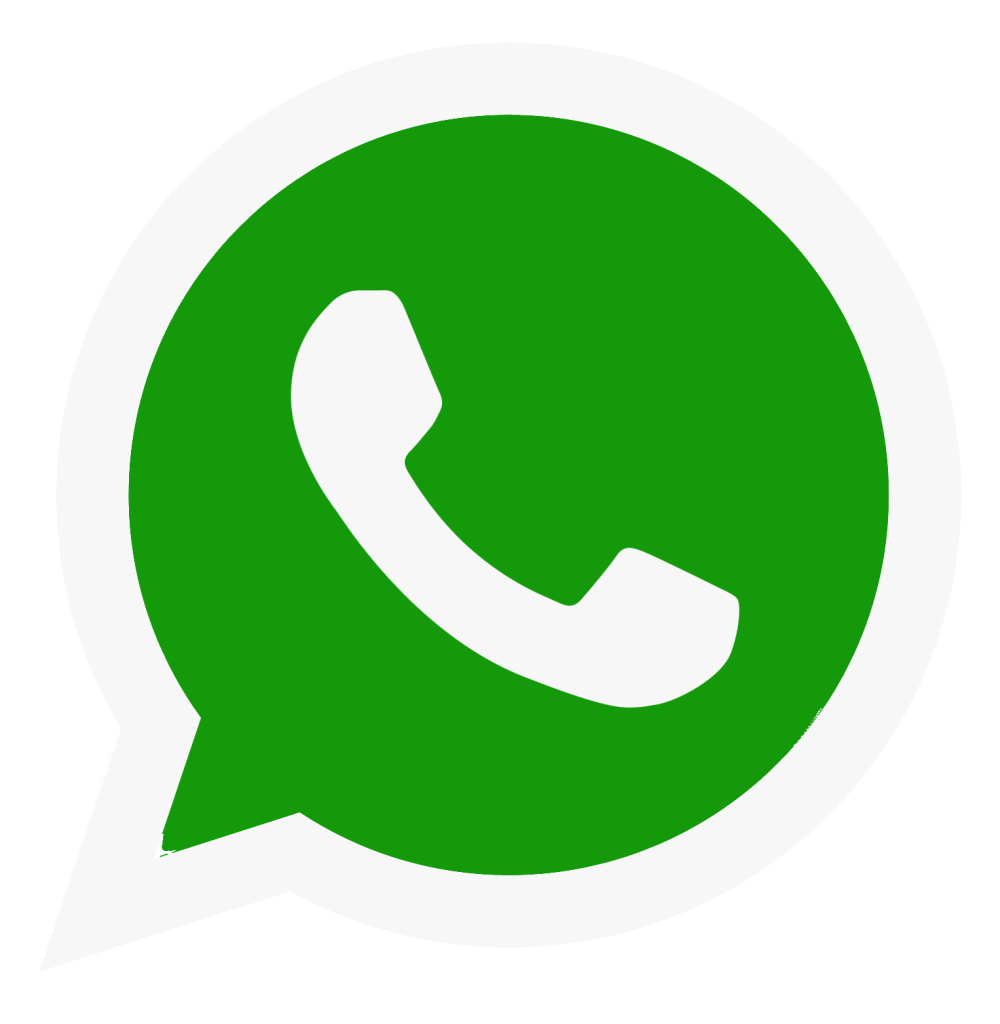
Rhinoplasty Recovery: What to Expect and How to Heal Faster
So, you’re considering rhinoplasty—whether it’s to enhance your appearance or breathe easier, it’s a big decision. But what many people don’t realize is that the recovery process is just as important as the surgery itself.
Rhinoplasty recovery is a journey. It requires patience, self-care, and realistic expectations. Knowing what to expect can make the entire experience smoother, more comfortable, and less stressful.
In this blog, we’ll walk you through what the healing process looks like, what’s normal, what’s not, and how you can heal faster while getting the best possible results.
Understanding Rhinoplasty Recovery
Rhinoplasty recovery differs for each individual, but most people can return to their normal activities within a few weeks. However, full healing and final results may take several months.
Knowing what to expect—from managing swelling and bruising to avoiding physical activity—makes the process much smoother and far less stressful.
Rhinoplasty Recovery Day by Day: What to Expect?
The average rhinoplasty recovery time is between 6 to 12 months for complete healing, although you’ll feel and look significantly better long before then.
Below is some general information on the typical day-by-day healing process, ensuring you clearly understand what to expect during your rhinoplasty recovery.
Day 1-2: Rest and Initial Healing
Right after your rhinoplasty in Colombia procedure, it’s normal to experience some swelling, slight congestion, and possibly mild or no bruising.
A nasal splint and small cast will be in place to support and protect your newly shaped nose. To help manage swelling and discomfort, use cold compresses as advised.
Getting plenty of rest is essential, keeping your head elevated, and following all your post-operative instructions carefully.
Day 3-5: Noticeable Improvement Begins
By now, you’ll likely notice the swelling starting to go down. Any mild bruising should also begin fading.
Your nasal splint or cast will still be in place at this stage, providing stability to the nasal structure.
Even if you’re feeling a bit better, continue to rest and avoid anything physically demanding. Cold compresses can still be used to reduce discomfort.
Day 6-10: Cast Removal and Early Results
Around this time, you’ll typically visit the clinic for a follow-up appointment where your nasal splints and cast will be removed.
While some swelling will still be present, you’ll finally get a glimpse of your nose’s new shape. It’s an exciting moment, but remember: your nose is still healing, and more refinement will come with time.
Day 11-14: Bruising Fades and Results Take Shape
By the end of the second week, most of the residual swelling and bruising will have significantly subsided.
While you’ll start to see early results, it’s important to remember that your nose will continue to settle and refine over the coming months. Approximately 90- 95% of the swelling subsides by this point.
Avoid any activities that might injure your nose, and continue prioritizing rest and care to support your healing process.
Week 3-4: Breathing Improves, Shape Refines
At this point, your breathing will likely improve as internal swelling decreases, and the shape of your nose will start looking more natural.
However, it is still important to take precautions and continue to avoid strenuous activities, direct sun exposure, and follow all aftercare instructions to support proper healing.
Month 2 and Beyond: Final Healing Phase
By your second month, you’ll start enjoying a more defined nasal shape and easier breathing.
Staying consistent with your follow-up appointments is essential for tracking your recovery progress and addressing any early concerns.
Tips for a Smooth Rhinoplasty Recovery
- Follow your surgeon’s instructions: This is the most important step. Stick closely to the aftercare plan provided by your surgical team.
- Keep your head elevated: Whether resting or sleeping, elevating your head helps reduce swelling and promote healing.
- Use cold compresses: Gently applying cold compresses or ice packs during the first few days can help minimize swelling and discomfort.
- Rest and nutrition: Prepare a quiet, comfortable recovery area with a nutritious, balanced diet and plenty of fluids.
- Avoid strenuous activities: Refrain from heavy lifting, intense workouts, or any physical activity that could interfere with healing.
- Skip the glasses: Avoid wearing glasses or sunglasses that rest on the nose until your surgeon says it’s safe.
- Avoid excessive facial movements: Activities such as laughing too hard, smiling excessively, or talking for long periods can increase swelling and discomfort.
- Be patient with results: Swelling can take weeks or even months to resolve.
- Follow-up visits: Regular check-ins with your surgeon are crucial for monitoring progress and addressing any concerns.
Contact Dr. Zamir Paez for Rhinoplasty in Colombia
When it comes to achieving natural-looking, refined results, trust only the best. With over 10 years of surgical excellence and 5,000+ successful procedures, Dr. Zamir Paez has earned a reputation as the best rhinoplasty surgeon in Colombia.
Whether you’re seeking cosmetic enhancement or functional correction, Dr. Zamir offers personalized solutions tailored to your goals.




